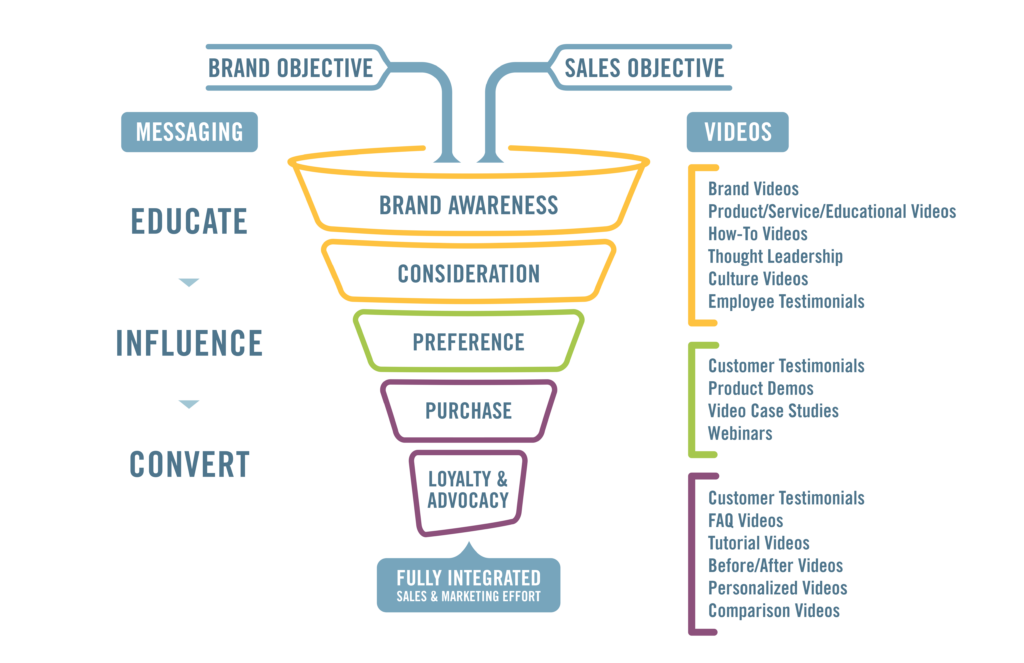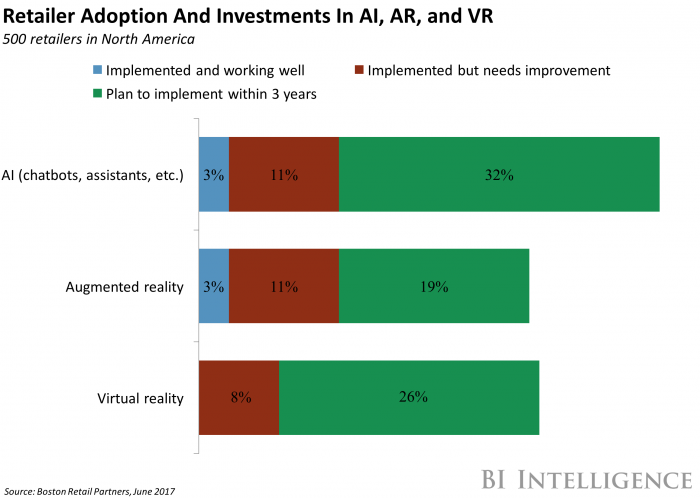Over the past eight years working in social media marketing, I’ve learned that it’s impossible to find success without staying relevant and up-to-date on trends in the social atmosphere. As Geile/Leon’s digital content producer, I know our client’s success depends on my dedication to staying on top of what’s happening in the digital space. That is why I jetted out to sunny San Diego in mid-March to attend Social Media Marketing World 2022.
Hosted by Michael Stelzner and the Social Media Examiner team, this annual conference never fails to bring together an expert-studded host of speakers (and attendees) from around the world, all of whom want to up their social media game by diving into the nitty-gritty details and holistic strategies that include paid and organic social media marketing, content creation, ads, video development…and too many more to list.
The conference was a wealth of knowledge and perspectives, which not only provided a valuable tool that I can use for our clients’ success, but also inspired me to create a blog series titled The Digital Download. As the series unfolds, we’ll cover wide-ranging topics from future trends and the changing tides on various platforms to the Metaverse, NFTs, influencer marketing, and more!
However, today, I wanted to focus on the overarching theme behind every session that I attended: authenticity.
Although there was a huge range of topics covered throughout SMMW22, a large amount of our conversation focused on techniques for brands to communicate authentically with their audience in order to maximize key performances. That’s also why the auditoriums were packed to capacity for the sessions that dove into influencer marketing strategy and taking advantage of platforms that reward content that feels organically created, like TikTok, Stories, etc.
Word-of-mouth recommendations from influential members of social communities are tremendously powerful for brands, and as such, brands should concentrate on the value they provide to their followers, whether it’s educational, inspirational, or entertaining. If it doesn’t provide value, don’t post it.
The discussion revolving around the power of authenticity felt very familiar. There is a ton of overlap with Geile/Leon’s Return on Empathy™ concept, illustrating the tangible and intangible benefits of well-executed empathy marketing. It has to be genuine in order to resonate emotionally with consumers. To learn more about how this works, download our free Return on Empathy™ whitepaper here.
I am looking forward to where this blog series takes us, as I believe this will be a very valuable resource for brands to understand how to successfully utilize social media in an effective and enduring way. So make sure to follow us on our social media accounts so you don’t miss any new content from me, Melissa!
Read Part 2: Futuristic Trends from SMMW22
Read Part 3: Reframing the Way You View Influencers
Read Part 4: Is TikTok More Than Just Dancing Videos?



